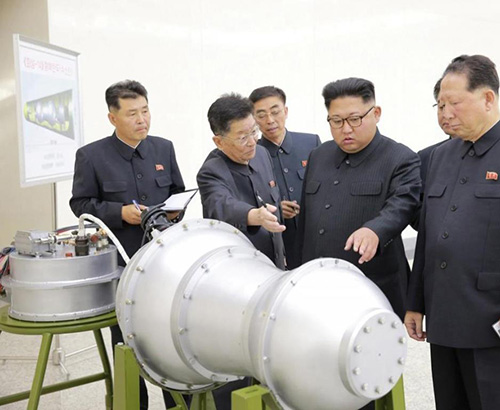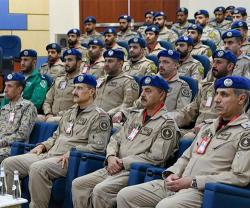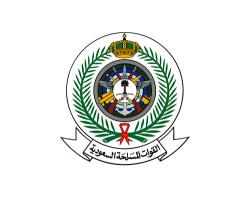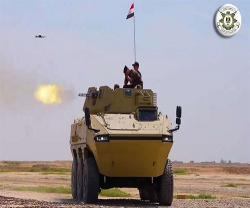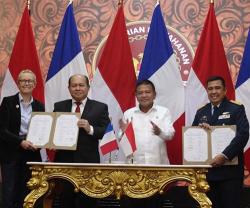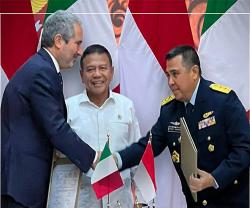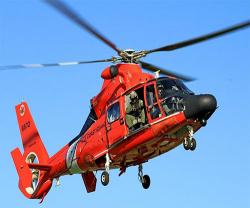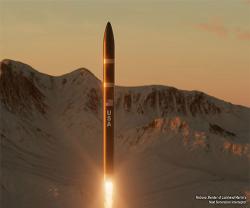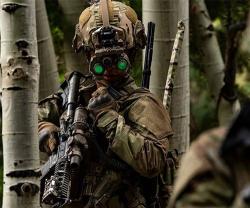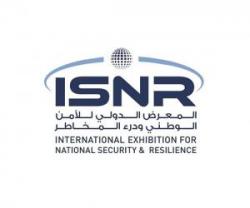North Korea conducted its sixth and most powerful nuclear test on Sunday, which it said was an advanced hydrogen bomb for a long-range missile, marking a dramatic escalation of the regime’s stand-off with the United States and its allies.
The announcement from Pyongyang came a few hours after international seismic agencies detected a manmade earthquake near the North’s test site, which Japanese and South Korean officials said was around 10 times more powerful than the tremor picked up after its last nuclear test a year ago.
There was no independent confirmation that the detonation, which drew swift international condemnation, was a hydrogen bomb rather than a less powerful atomic device. But Japan’s Chief Cabinet Secretary Yoshihide Suga said Tokyo could not rule out the possibility that it was a hydrogen bomb.
The test is a direct challenge to U.S. President Donald Trump, who hours earlier had talked by phone with Japanese Prime Minister Shinzo Abe about the “escalating” nuclear crisis in the region and has previously vowed to stop North Korea developing nuclear weapons that could threaten the United States.
In the Chinese city of Yanji, on the border with North Korea, witnesses said they felt a tremor that lasted roughly 10 seconds, followed by an aftershock.
The Comprehensive Test Ban Treaty Organization (CTBTO) in Vienna said it had detected an “unusual seismic event” in North Korea that was larger than previous nuclear tests.
Earthquakes triggered by North Korean nuclear tests have gradually increased in magnitude since Pyongyang’s first test in 2006, indicating the isolated country is steadily improving the destructive power of its nuclear technology.
Hours before the test, North Korea’s state news agency KCNA had released pictures showing Kim Jong Un inspecting a silver-colored, hourglass-shaped warhead during a visit to the country’s nuclear weapons institute, accompanied by scientists.
Kim “watched an H-bomb to be loaded into new ICBM” and “set forth tasks to be fulfilled in the research into nukes”, KCNA said.
The shape shows a marked difference from pictures of the ball-shaped device North Korea released in March last year, and appears to indicate the appearance of a two-stage thermonuclear weapon, said Lee Choon-geun, senior research fellow at state-run Science and Technology Policy Institute.
KCNA said North Korea “recently succeeded” in making a more advanced hydrogen bomb.
“All components of the H-bomb were homemade and all the processes ... were put on the Juche basis, thus enabling the country to produce powerful nuclear weapons as many as it wants,” KCNA quoted Kim as saying.
A hydrogen bomb can achieve thousands of kilotons of explosive yield - massively more powerful than some 10 to 15 kilotons that North Korea’s last nuclear test in September was estimated to have produced, similar to the bomb dropped on Hiroshima, Japan, in 1945.
North Korea, which carries out its nuclear and missile programs in defiance of United Nations Security Council resolutions and sanctions, said in an announcement on state television that a hydrogen bomb test ordered by leader Kim Jong Un was a “perfect success”.
The bomb was designed to be mounted on its newly developed intercontinental ballistic missile (ICBM), the North said.

